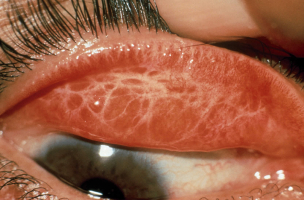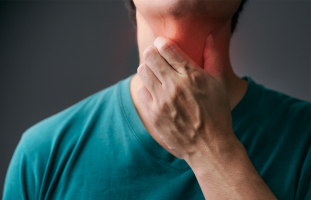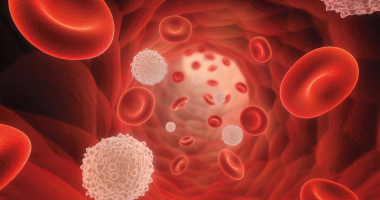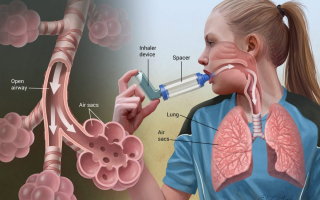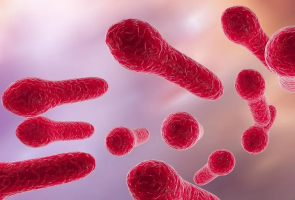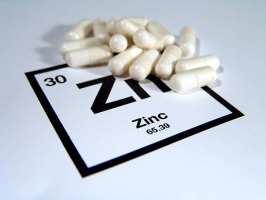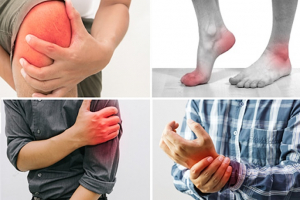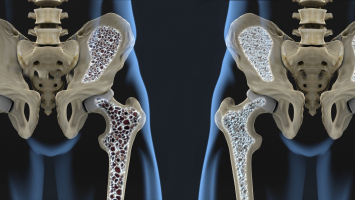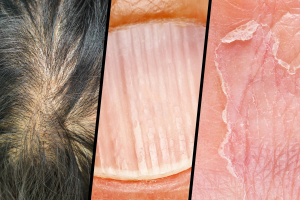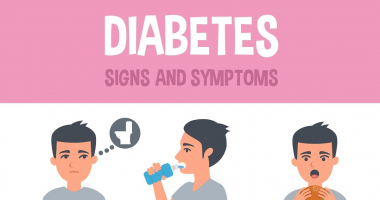Top 5 Signs and Symptoms of Hypervolemia (Fluid Overload)
Hypervolemia is a condition where your body has too much fluid. Another name for hypervolemia is “fluid overload” or “volume overload”. 50% to 60% of a human's ... read more...body is made up of fluid, including blood, lymphatic fluid, and water. Fluid helps your organs work properly by circulating blood throughout your circulatory system, among other ways. You might experience swelling, high blood pressure, and potential heart issues if you have too much fluid in your body. In order to prevent the risk of this disease, let's find out the Signs and Symptoms of Hypervolemia (Fluid Overload) below!
-
The force or pressure of blood pushing against blood vessel walls is measured as blood pressure. When you have hypertension (high blood pressure), your body's blood vessel walls are always under too much pressure. Because you might not be aware that anything is wrong, high blood pressure is sometimes referred to as the "silent killer". However, the harm is still being done to your body.
The two figures in your blood pressure reading are. Systolic blood pressure, which appears as the top number, gauges the force exerted on the blood vessel walls when your heart beats or contracts. Diastolic blood pressure, which appears as the bottom number, gauges the force exerted on your blood vessels between heartbeats as your heart slows down.
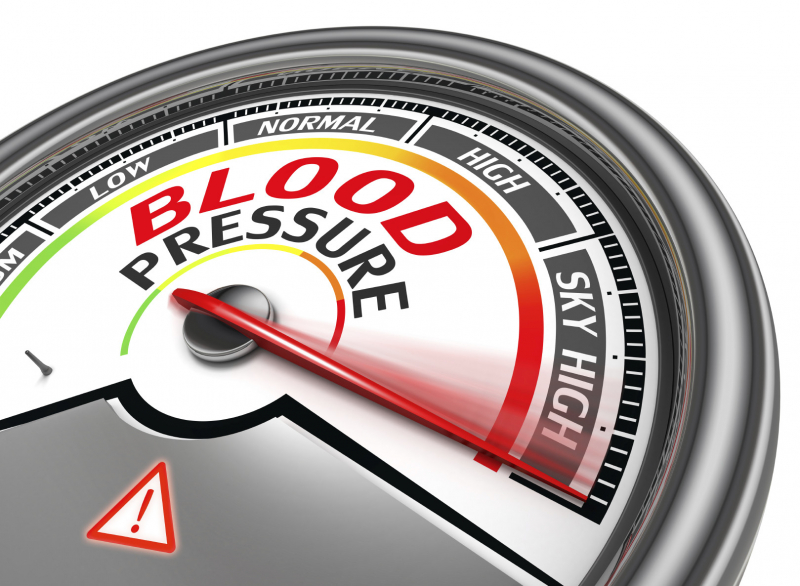
via: Harvard Health 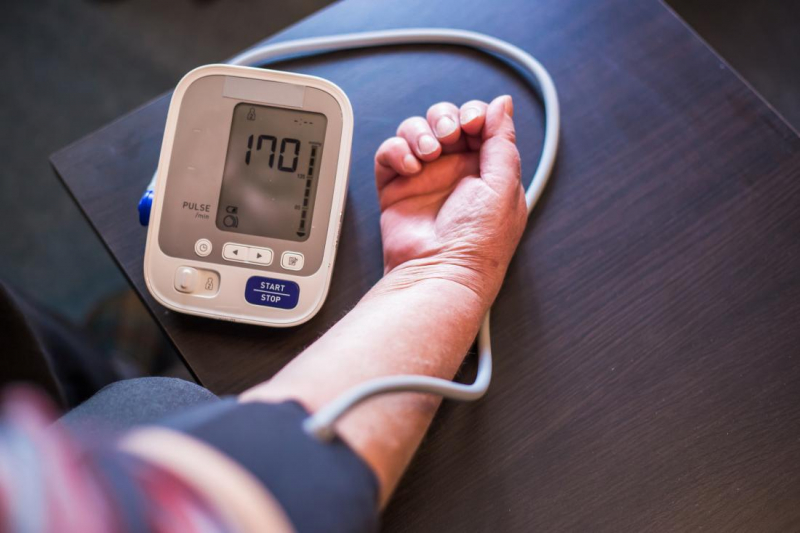
via: Harvard Health -
The medical term for swelling brought on by fluid becoming trapped in your body's tissues is edema. Edema can affect your face, hands, abdomen, and legs, but it most frequently affects your feet, ankles, and legs. Edema is widespread because there are numerous contributing factors to the condition. The precise rate of occurrence is unknown because mild cases of edema resolve on their own.
Edema will make some body parts enlarge (swell), which can make it difficult for you to carry out your usual activities. If you were sitting or standing for a long time, elevating the swollen area of your body or moving about will assist reduce swelling and make you feel better. If you develop edema symptoms, speak with your healthcare professional right once. Sometimes, edema is an indication of an underlying medical condition.
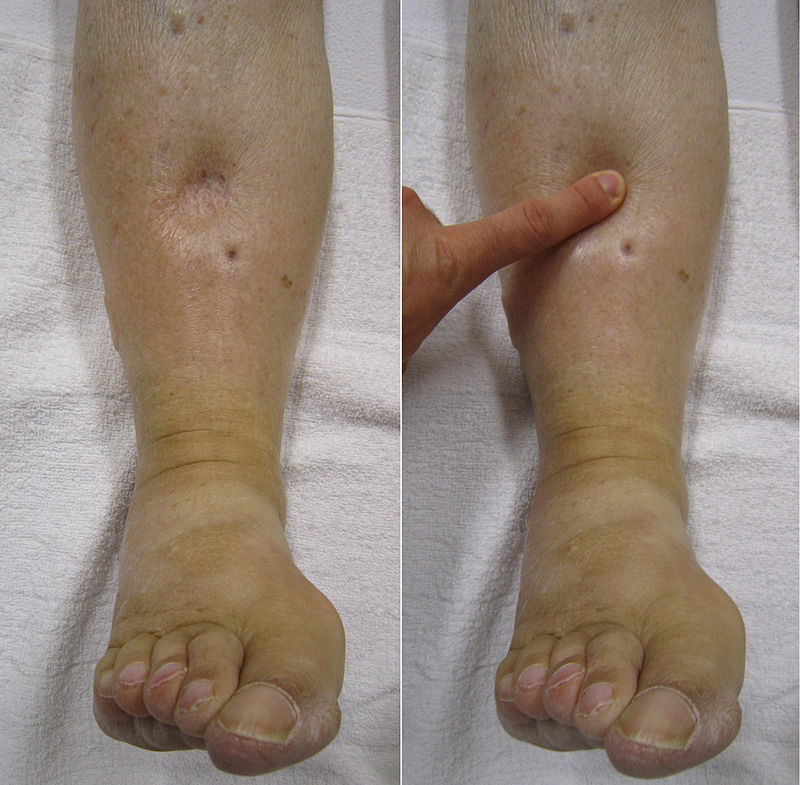
via: Wikipedia 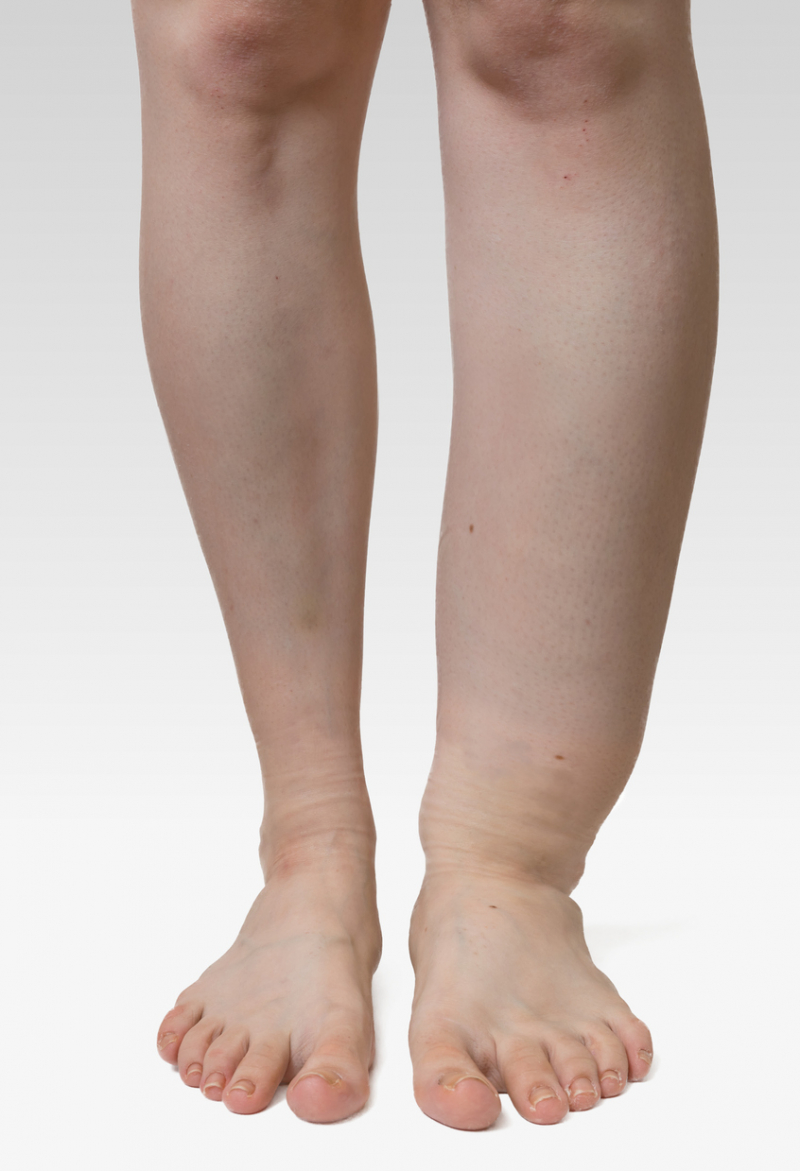
via: Wikipedia -
First and foremost, a bloated stomach is a sensation of tightness, pressure, or fullness in your abdomen. It might or might not be accompanied by an obviously enlarged or bloated abdomen. The sensation might be anything from barely irritating to excruciatingly agonizing. After some time, it normally fades away, but for some people, it keeps happening. Cycles of bloating can be brought on by hormonal changes and digestive problems. You should see a doctor to find out the source of your swollen stomach if it doesn't go away.
If your bloating is brought on by anything you ate, or drank, or because of changes in your hormone levels, it should start to go away within a few hours to days. It won't go down if you are constipated until you start pooping. Water, exercise, and herbal teas can help encourage all of these things along. If it doesn’t go away or gets worse, seek medical attention.

via: iStock 
via: iStock -
Heart failure, also known as congestive heart failure, is a chronic illness that deteriorates over time. Heart failure, despite the name suggesting otherwise, is the inability of the heart to pump blood as effectively as it should. Your organs may suffer damage when your heart's pumping capacity is reduced, and fluid may build up in your lungs.
According to one study, persons with heart failure live 10 years less than people without the condition. According to another study, persons with chronic heart failure had survival rates between 80% and 90% for the first year, but that fell to between 50% and 60% for the fifth year and then to just 30% for the final ten years. According to a different study, the projected life lengths for patients with heart failure who were released from the hospital ranged from three to twenty years, depending on several variables like age and gender. When evaluating your prognosis, it's critical to examine your particular circumstances.
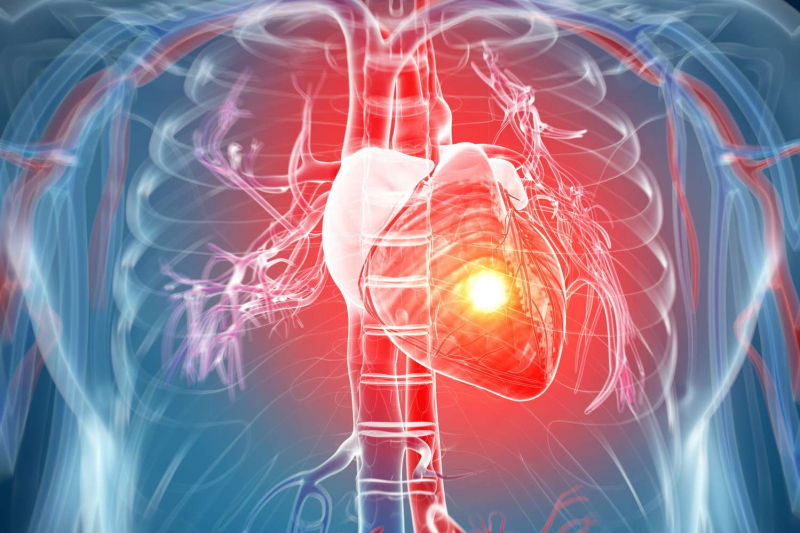
via: Willis-Knighton Health System 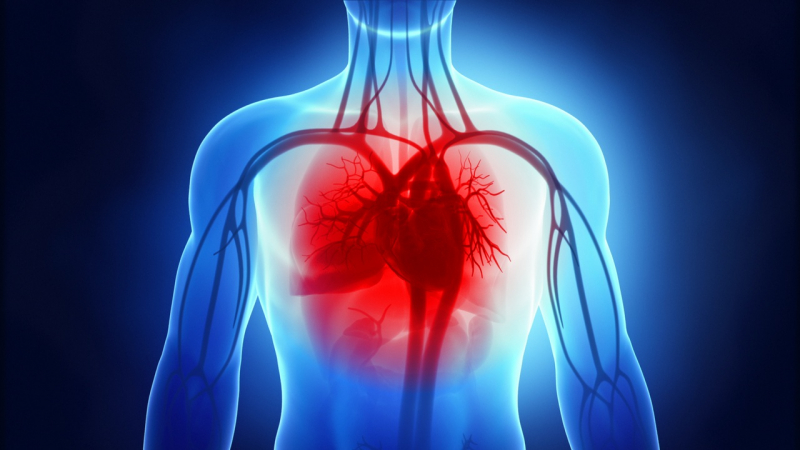
via: Willis-Knighton Health System -
Headaches are pains in the head or face that are frequently described as throbbing, continuous, severe, or dull pressure. The kind, intensity, location, and frequency of headaches can vary substantially. Most people will suffer from headaches at some point or another throughout their lives. They are the most prevalent type of discomfort and the main cause of absences from work or school as well as doctor appointments. Most headaches are harmless, but other types may indicate a more serious problem.
Anyone, including kids, teenagers, and adults, can get headaches. A headache affects 96% of people at some point in their lives. Around 10% of people worldwide experience migraine headaches, compared to 40% who experience tension-type headaches. More than 150 different types of headaches exist. Primary and secondary headaches are the two main categories.

via: Verywell Health 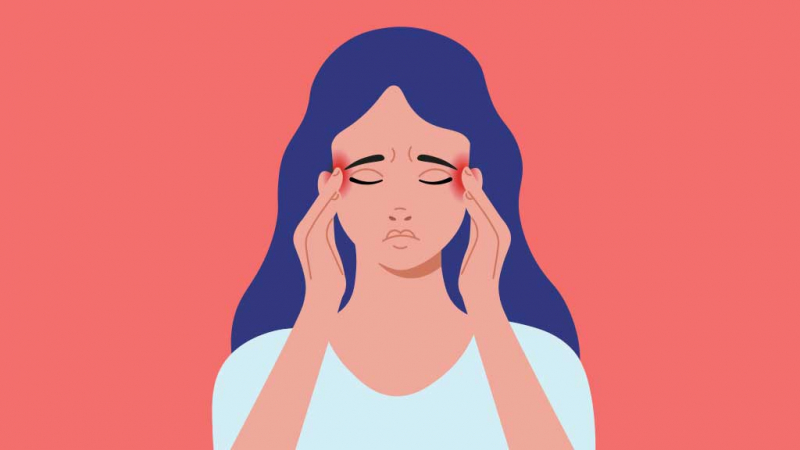
via: Verywell Health








